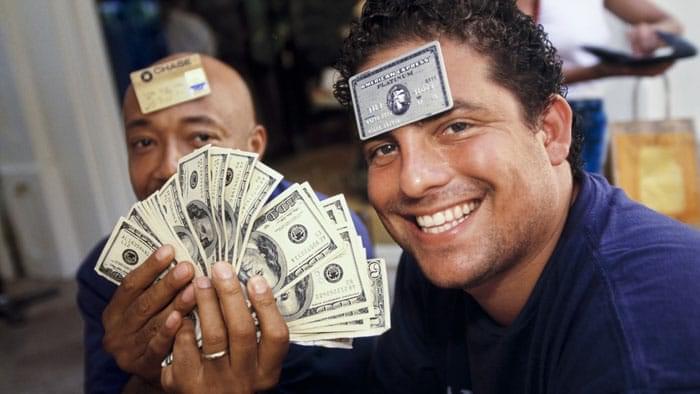
An African magical fable, filmed in Senegal, which tells the story of a malevolent alien being that possesses and destroys people, appearing in the form of an insect who first bites them and then enters their bodies, eating their internal organs and turning them into obedient zombies. The story draws upon the traditional African concept of possession by a spirit known as the “dem,” and attempts to draw a parallel between this possessive spirit and all kinds of parasitism, including that of Europeans and their colonial relationship with Africans.
The insect first infects an older impoverished couple living in the countryside, turning the man into a zombie and leading the woman to drown herself in a lake. The insect then attacks a prosperous, French-speaking couple in the city, leading the woman to throw herself off of her balcony.
The stark photography, expressively using a variety of super 8 film stocks, shows the windswept African countryside, as well as urban markets and squalid scenes of abandoned cars by the roadside. The regular narrative is inter-cut with expressionistic images of eagles, hanging carcasses, human teeth, and various other images, which help the film to resonate on a poetic and symbolic level. Large-scale unrest occurred in the country during the filming, following a devaluation of the local currency, and footage of the riots and fires were incorporated into the film. They certainly fit with the theme of parasitism.
The haunting sound score, mixing traditional African music with an eerie sound representing the alien insect, adds both atmosphere and urgency to the film.
The amateurish performances in the film, which consist of the actors reciting the lines, prevented me from believing in the story or sympathizing with the characters, but they also allowed the film to function in a more Brecthian way. I observed the different kinds of overlapping parasitism and contemplated them in a detached, intellectual way, rather than being enveloped in the drama. (The one exception in the cast is Ms. Mbengue, who plays the City Woman, and has a wonderful silent scene where she playfully tries on a pair of sunglasses while making silly faces.) Unfortunately, the story tries to make the misogynist point that pampered women who live off of hard-working men represent yet another kind of parasitism. This point of view is even more absurd in an African context, where women work so much harder than men, than it is in a Western context.
One has to admire Dahl for the extreme perseverance necessary to make a no-budget super 8 experimental film in Senegal, without regular electrical power or access to filmmaking equipment, and under uncertain and shifting political and cultural conditions. One has also to admire his attempt to create a story which looks at Africa from an African point of view, and attempts to tell a story which will bridge African and Western sensibilities, while speaking indirectly about the relationship of the two cultures.
Given the limitations he was working under, it is not surprising that the film is not a full realization of his ideas, either visually or aurally. However, it does create an engrossing experience in which the sounds and sights of Africa combine with African legend and expressionistic imagery to create a meditation on the idea of possession: colonial, sexual, economic, and cultural.
